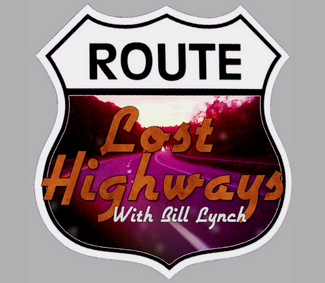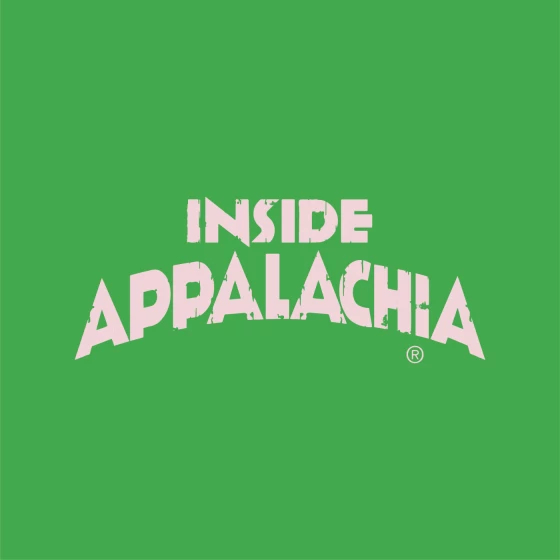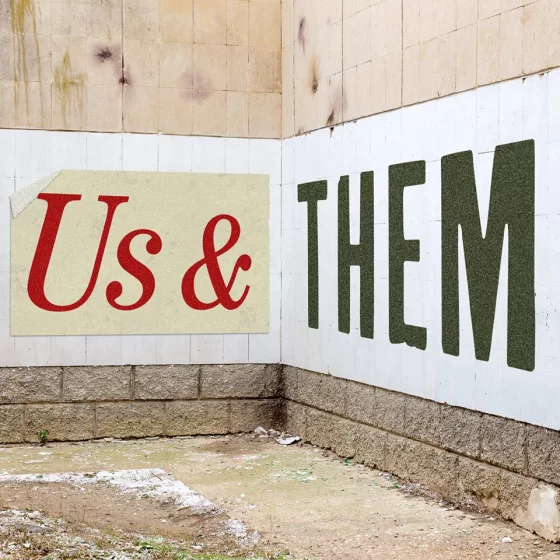This week, we’re revisiting our episode “What Is Appalachia?” from December 2021. Appalachia connects mountainous parts of the South, the Midwest, the Rust belt and even the Northeast. The Appalachian Regional Commission defined the boundaries for Appalachia in 1965 with the creation of the Appalachian Regional Commision, a part of Lyndon B. Johnson’s War on Poverty. It was legislation that sought to expand social welfare, and some localities were eager for the money, while others resisted the designation. The boundaries and definition of Appalachia can now only be changed by an act of Congress.
Continue Reading
Take Me to More News






















